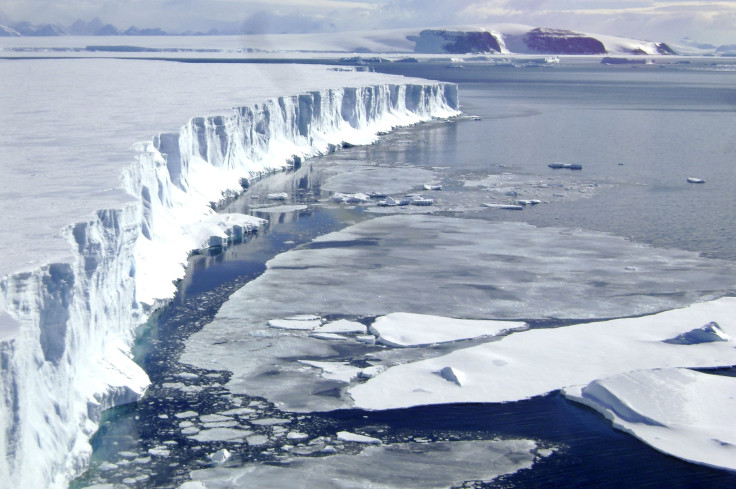Undersea Mountains Help Control Earth's Climate By Mixing Antarctic Waters, Says Study

Underwater mountains appear to be the massive answer to a question plaguing scientists.
Through a new study detailed in the journal Nature, researchers have concluded that large, undersea mountains in Drake Passage mix the seawater that flows over them. This newly uncovered information is crucial to the creation of future climate models that -- up until now -- contained limited information on just how sea waters mix.
The team discovered that "seawater mixes dramatically as it rushes over undersea mountains in Drake Passage, which is the channel between the southern tip of South America and the Antarctic continent," said a University of Exeter press release on the study. The mixing of these water layers plays a key role in the regulation of both the Earth's climate and the planet's ocean currents.
As the waters of the ocean churn, they direct how carbon dioxide is distributed throughout the sea. This mixing determines the rate at which and how much carbon dioxide will be taken up by the sea.
"Over several hundred years this process will remove much of the carbon dioxide that we release into the atmosphere, storing it in the deep ocean," said the statement. This mixing also affects climate patterns, with "an increase in the rate of deep sea mixing" allowing "the ocean to transfer more heat towards the poles."
The team made the discovery by releasing "tiny quantities of an inert chemical tracer into the Southeast Pacific." They then tracked the tracer in these choppy, wild waters for several years -- watching it travel through Drake Passage to uncover the rate at which the water mixed.
The study found that vertical mixing barely occurred in the Pacific Ocean. But when the water moved over the undersea mountains and through Drake Passage, substantial mixing began to happen. And according to Professor Andrew Watson from the University of Exeter, the new information is "crucial to our our understanding of the overall climate system." Scientists also believe that the decreased amounts of atmospheric carbon dioxide that were present in the atmosphere during the ice ages was possibly the product of slower mixing between water on the surface and that found in the deep sea.
The study was completed by the University of Exeter, the University of East Anglia, the University of Southampton, the Woods Hole Oceanographic Institution, the British Antarctic Survey and the Scottish Association for Marine Science.
© Copyright IBTimes 2025. All rights reserved.
Join the Discussion




















